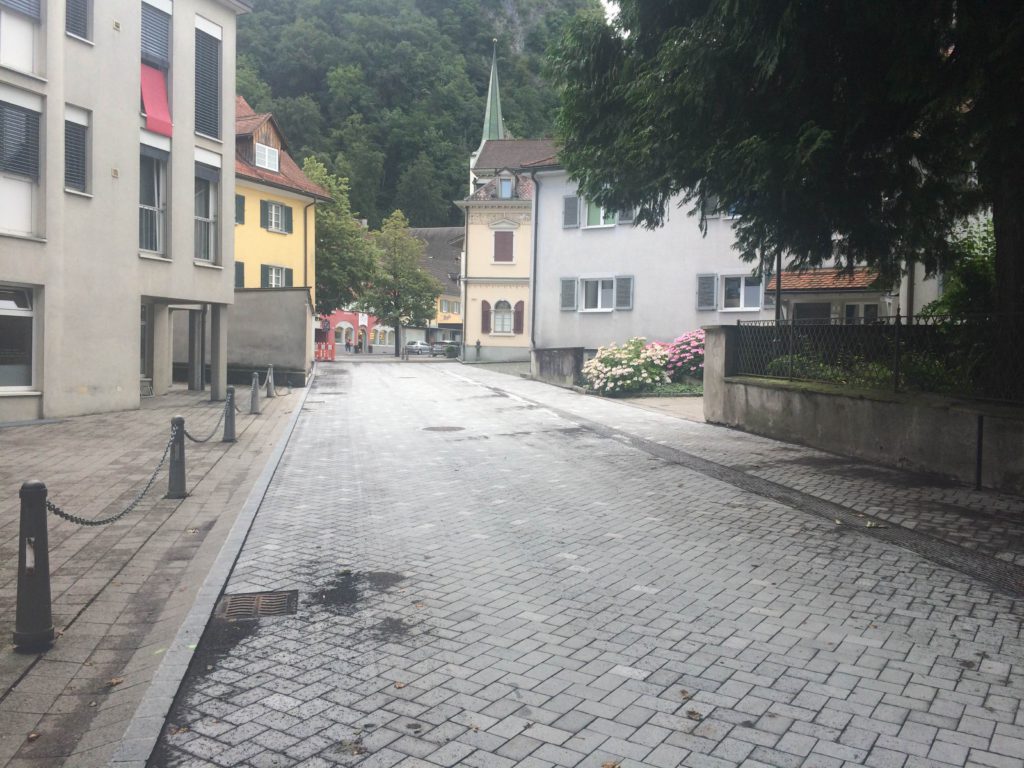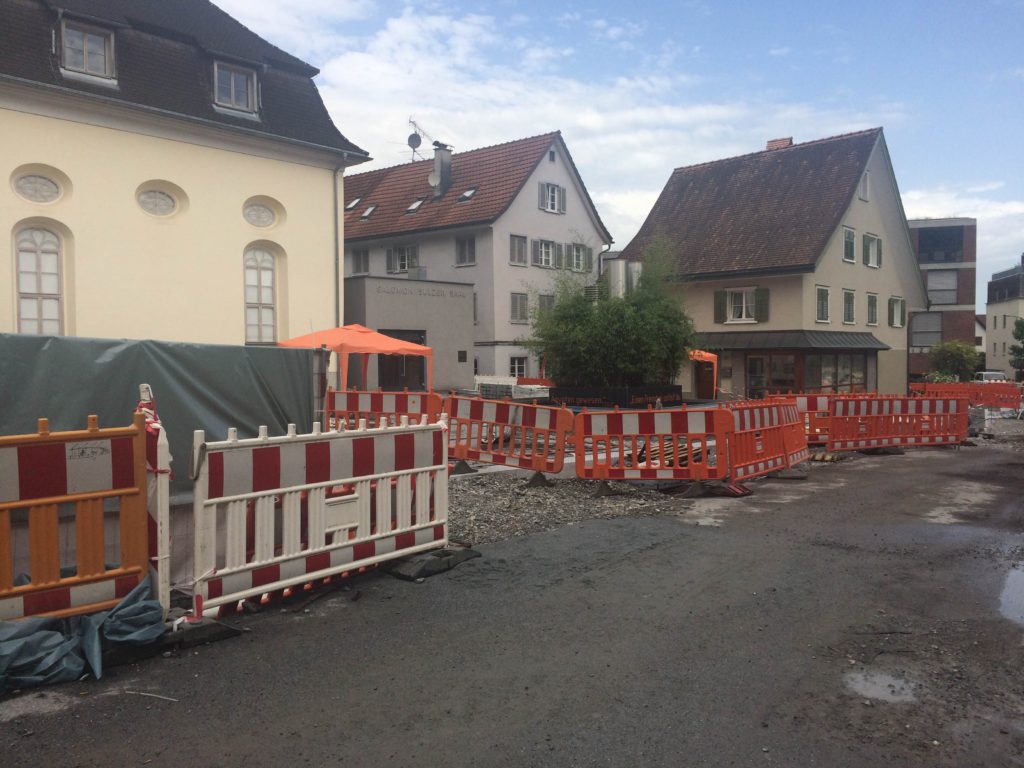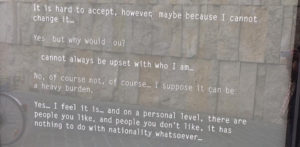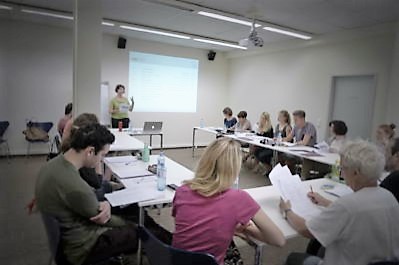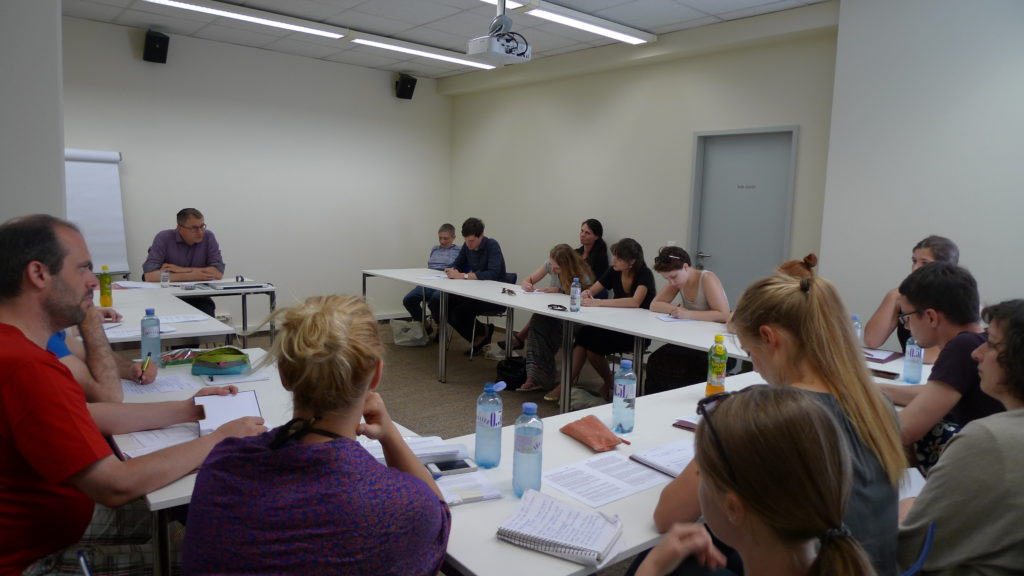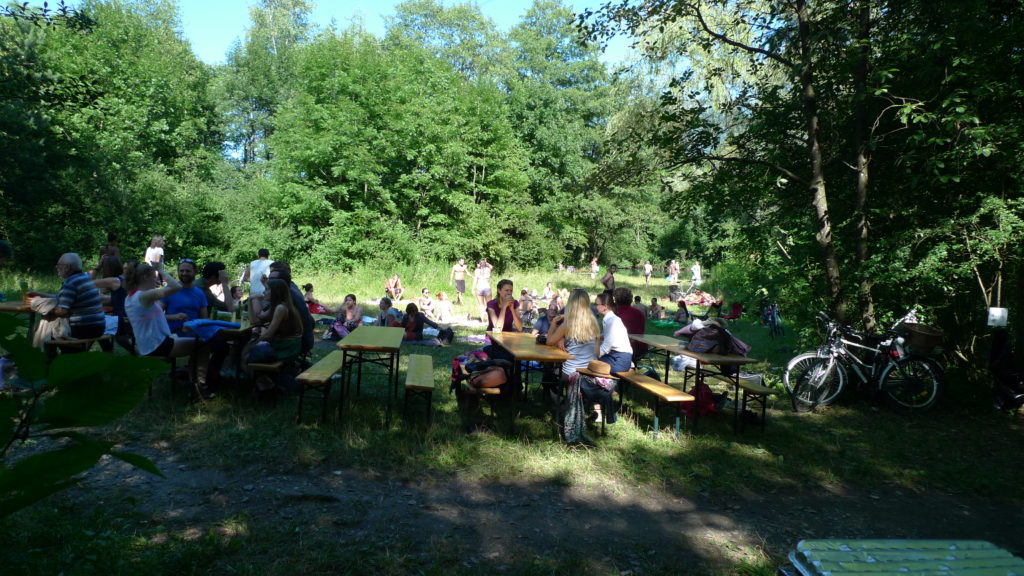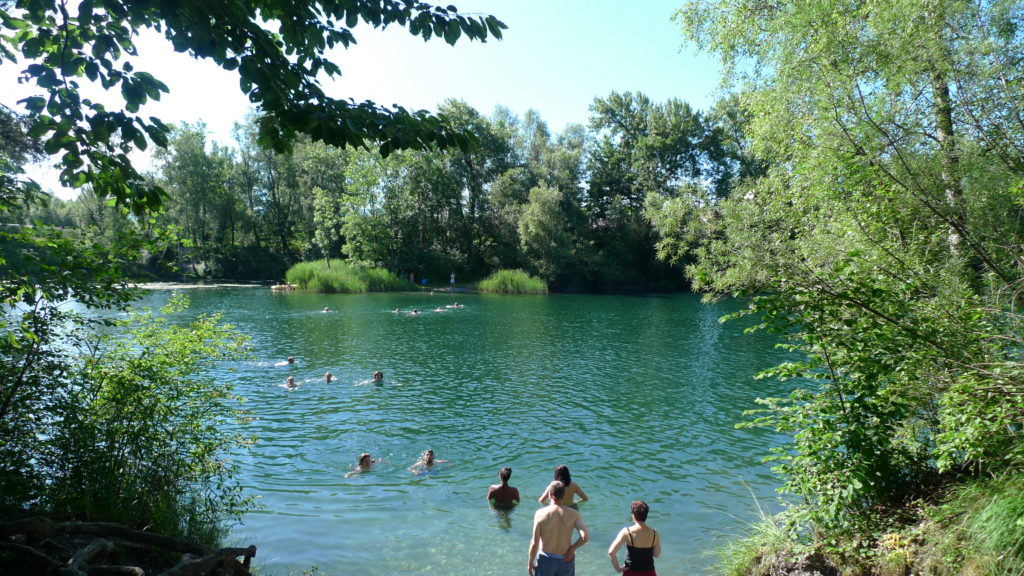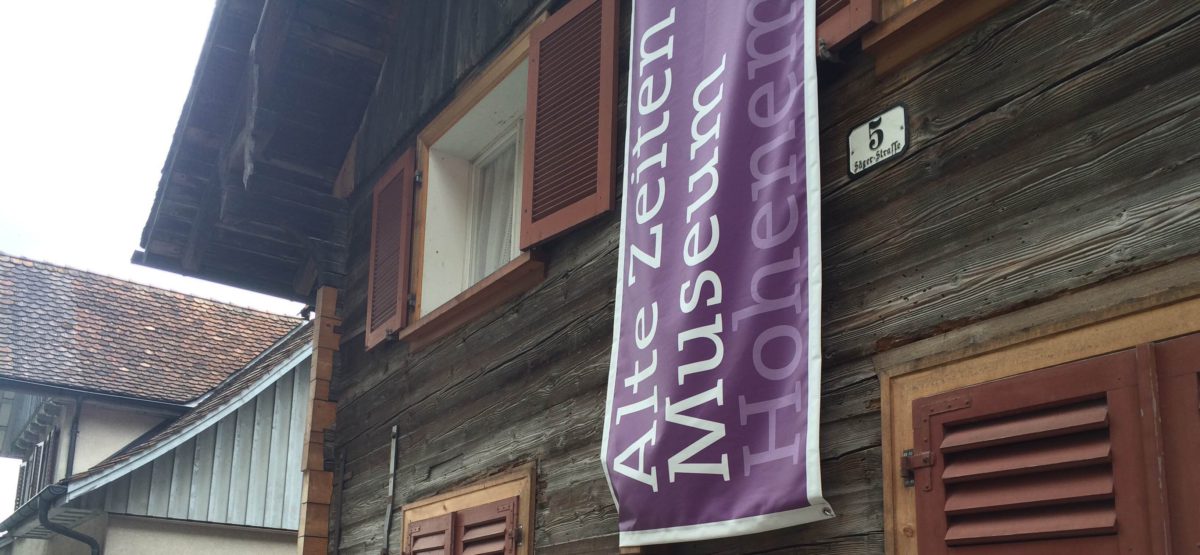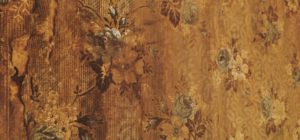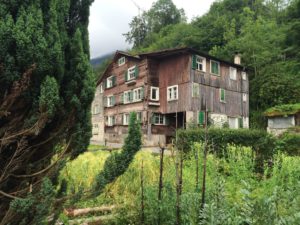One of the few German words I knew when I arrived in Hohenems was “danke,” which means thank you. It’s an important word, and one I used frequently. But, as I reflect on my time and prepare to leave Hohenems tomorrow, I also feel like it’s a word that I haven’t used enough.
Any list of the things and people that I ought to give thanks to will be incomplete, and I’m skeptical of my own ability to capture my gratitude in words. Still, I’m aiming for some semblance of closure and I would rather say “thank you” than “goodbye,” so here is a partial list:
Thank you to the entire Jewish Museum staff for welcoming me into their workplace. Thank you for the morning cups of tea, for making do with my language skills, and most importantly for giving me the opportunity to work and learn in a wonderful environment. Thank you especially to Hanno and Anika, for overseeing my work and finding tasks that fit my interests and abilities.
Thank you to each of my lovely host families for not only giving me a place to live, but treating me—a complete stranger—as one of their own. And thank you to their friends and extended families for welcoming me to their birthday parties and baptisms, their backyards and homes. It means a lot to be included.
Thank you to each of my host siblings for sharing their friends with me and giving me “people my own age” to hang out with. Thank you to my (exactly one year younger) host sister for also graciously sharing her birthday. Thank you to her brother who took me hiking that day (even if we sort of went the wrong way) and their mother who convinced me to go swimming (it was worth it) and made sure I had a gluten-free birthday cake.
Thank you to my younger host brother for the games of backyard football, the spray-on tattoos, and for teaching me how to count past ten. And thank you to his father, whose constant sense of humor never failed to make me laugh internally.
Thank you to my first host sister, who was my first point of contact in Hohenems beforehand, who told me not to be too scared about coming here and helped me meet people once I did arrive. Thank you to her friends for frequently switching into English on my behalf, and her father, who helped me find places to hike despite my terrible sense of direction.
Thank you to my first host mother, who valiantly attempted to teach me German and stayed up until an ungodly hour in case I needed a ride home the first time I went out on a Saturday night. Thank you to her son, who graciously tolerated my temporary occupation of his space and picked me up at the train station at another egregious hour after I’d gotten confused and missed my earlier train to Hohenems. And thank you to the several of his friends who gave me rides home on other very late nights.
Thank you to everyone who served as a translator for me, planned or impromptu, in the museum, a backyard, a nightclub or an ice cream shop—I would have been even more confused without you. Thank you to everyone who did talk with me in English (or Spanish) at various venues—I know that I’m the foreigner who didn’t learn your language, and I’m grateful you included me anyways. And thank you to everyone who invited me places, who met me and decided to offer food and wine and conversation, rather than saying “who is this girl and why can’t she talk?”
Thank you to the people with whom I didn’t share a language, but who nonetheless smiled, welcomed me, and treated me with respect. And thank you to all the young children who accepted my wild hand gestures and silly facial expressions as valid forms of communication.
Thank you to the various fellow foreigners I met, some of whom jarred me with their American accents, others who wowed me with their language abilities, and all of whom reminded me how complex and interconnected our world is. And thank you to the fellow Hohenems descendants and friends of the museum who visited or contacted me, from near or far—it was a pleasure to meet each one of you and I hope we stay in touch.
Thank you to each of the people who let me sleep on their spare mattresses and showed me around some pretty awesome European cities. And thank you to the Hohenems pharmacist, the Turkish vendor in Vienna, and the countless other strangers who will probably not be reading this blog, but who greatly helped me in one way or another.
Thank you to the American Friends of the Jewish Museum Hohenems for sponsoring my internship.
Danke, dass Sie sich Zeit genommen haben. Danke für Ihre Hilfe. Danke für Ihr Verständnis. Bis später.

